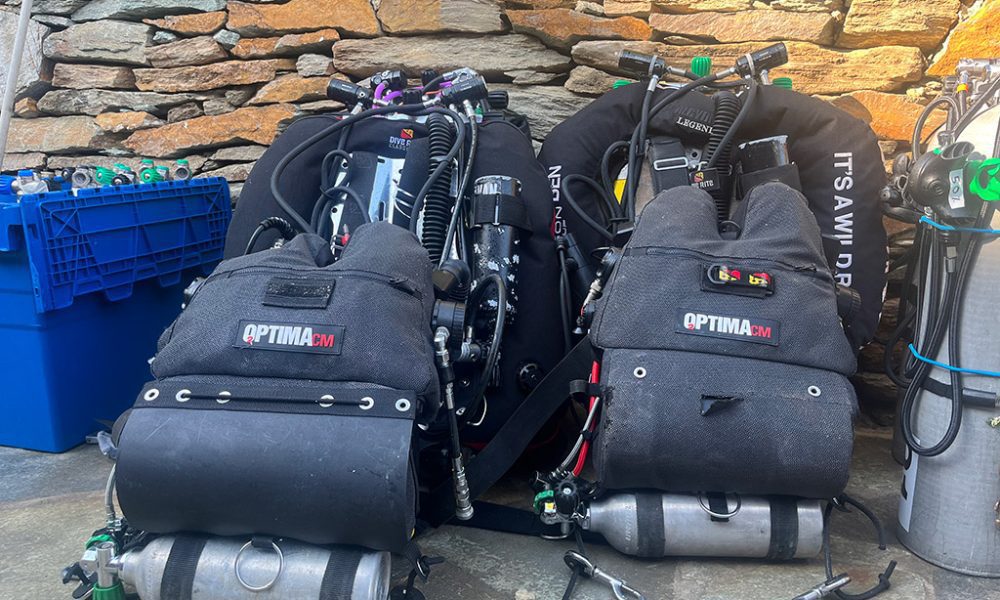- Messages
- 445
- Reaction score
- 547
- # of dives
- I'm a Fish!
A ScubaBoard Staff Message...
My two cents and my opinion for what it’s worth. Using the CM CCR for deep diving in open water is one of its strengths over a traditional BM unit.
For a 100M dive with an extended bottom time you could use something similar to below.
1 x AL80 Deep Bailout - Drive Gas For Unit
1 x Doubles Size Depending on Dive - Intermediate Bailou
1 x AL80 - Deco Gas 1
1 x AL80 - Deco Gas 2
With this setup and doubles on the back you can have the 2 80s left, butt clip the 3rd and still have your right side clear for DPV, Camera, etc. I’m also able to fully dress without much assistance. This same dive with a traditional BM unit is much more complicated from a bottle management standpoint.
Again just my opinion and I prefer the CM for bigger open water dives for the reason listed above.
For the record I am certified on 3 BM units, teach on the rEvo, am an IT for the CM, and also am almost teaching on the SM Liberty so a lot of experience across the different platforms and I dive and teach as my full time career.
There is not one “best” option






